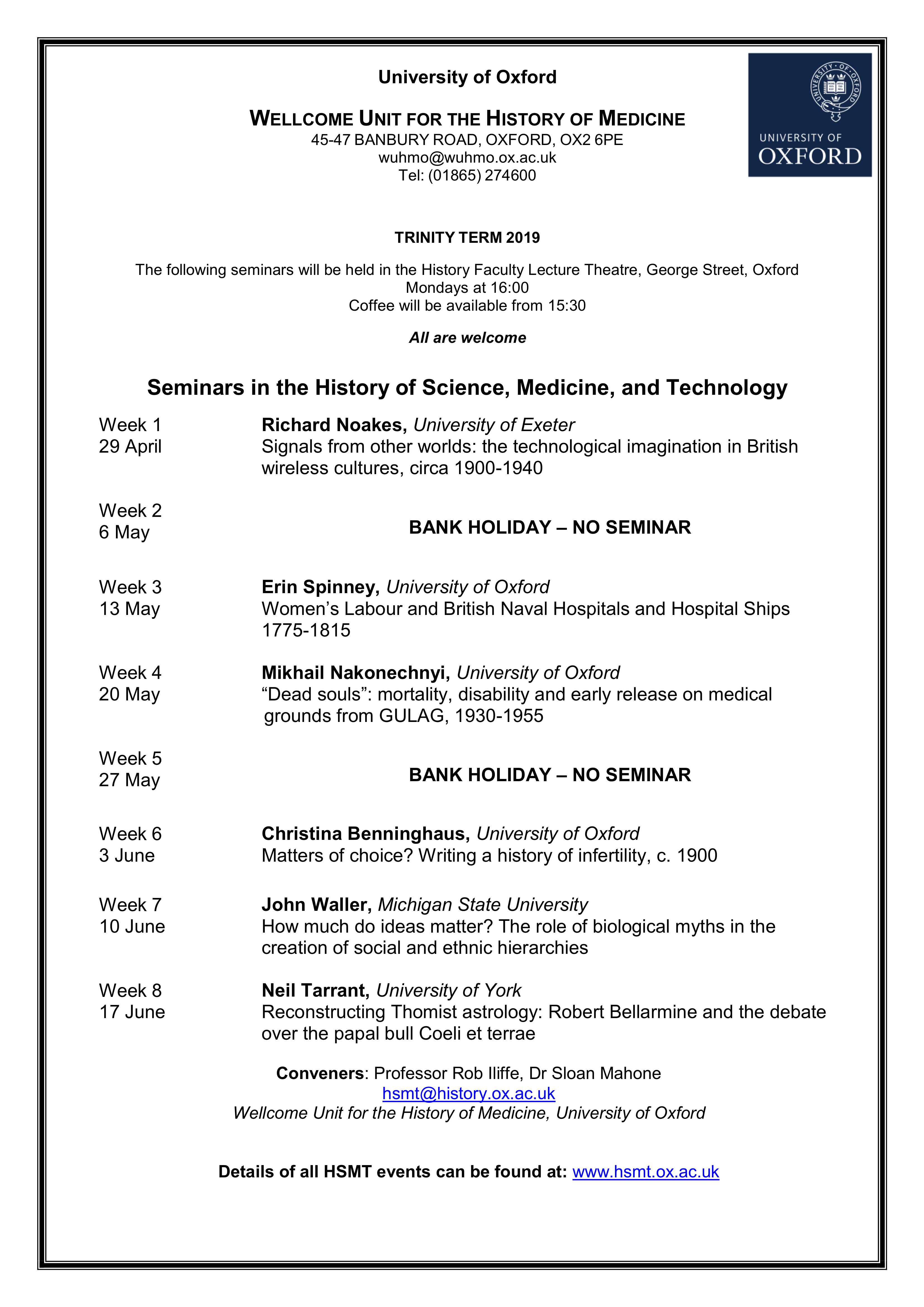CSHM/CAHN Conference 2021
Join us virtually for the 2021 joint conference for the Canadian Society for the History[…]
Society for Military History Conference 2021
This past weekend I virtually attended the SMH meeting in Norfolk, Virginia. It was great[…]

Nursing Clio “Beyond Florence” Blog Post
I was so excited to take part in Nursing Clio’s ‘Beyond Florence’ series! The goal[…]

HSTM Seminar at Oxford
I’m happy to be back at Oxford for the History of Science, Technology, and Medicine[…]